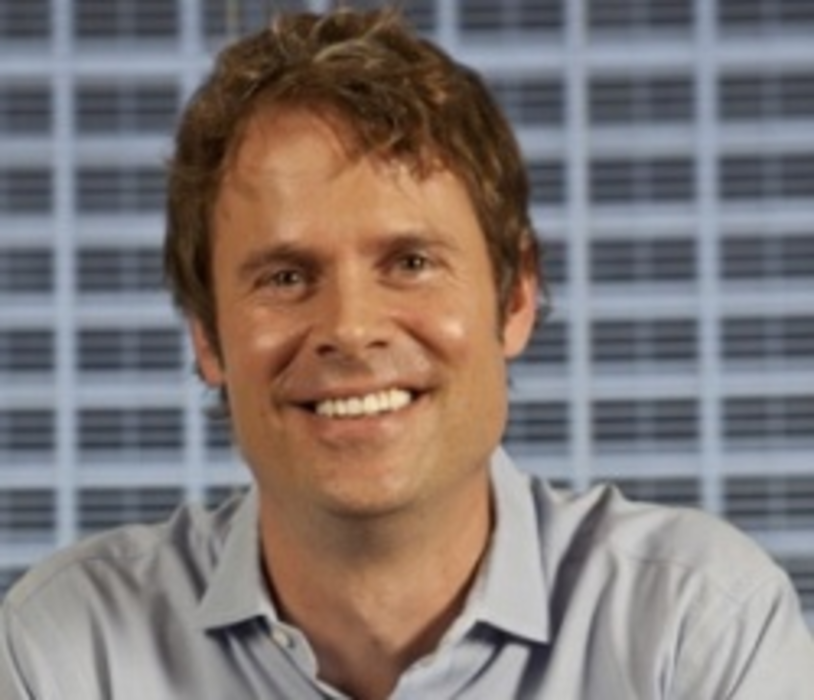As internet radio content becomes increasingly targeted to individual musical tastes, marketers and advertisers can capitalize on that trend, said Tim Westergren, founder and CSO of Pandora Radio, during his March 27 morning keynote address at Re:Think, The Advertising Research Foundation’s annual convention in New York City.
Because Pandora sign-ups collect zip codes, marketers can use geo-targeting to reach specific demographics through Pandora, Westergren said. “You can target women in their 30s who listen to only punk music in the New York area,” he said, adding that many current advertisers are localized companies, such as auto dealerships.
In one effort to target consumers, last year, Pandora planned a concert at the Largo in Los Angeles featuring Amy Mann. To find concertgoers, Pandora sent messages to Pandora listeners who had given a “thumbs-up”—the site’s version of “liking”—to one of Mann’s songs and lived within driving distance of the venue.
“You can put together really interesting events that you really couldn’t before,” Westergren said, adding that entire tours could potentially be planned based on fans and distance from venues.
Radio has reached a turning point, Westergren said. “At the core of that transformation is personalization. We’re migrating from a signal that’s broadcast to unicast, where people can create their own stations.” Unicast radio will ultimately replace broadcast radio because it “knows you,” he added.
Pandora launched in 2005 as the Music Genome Project, which analyzes thousands of songs based on hundreds of attributes to pinpoint similarities in tone or style. Pandora’s technology allows users to discover new music that are similar to songs the user had previously listened to and enjoyed.
“It’s a great way to encourage discovery,” Westerngren said.








